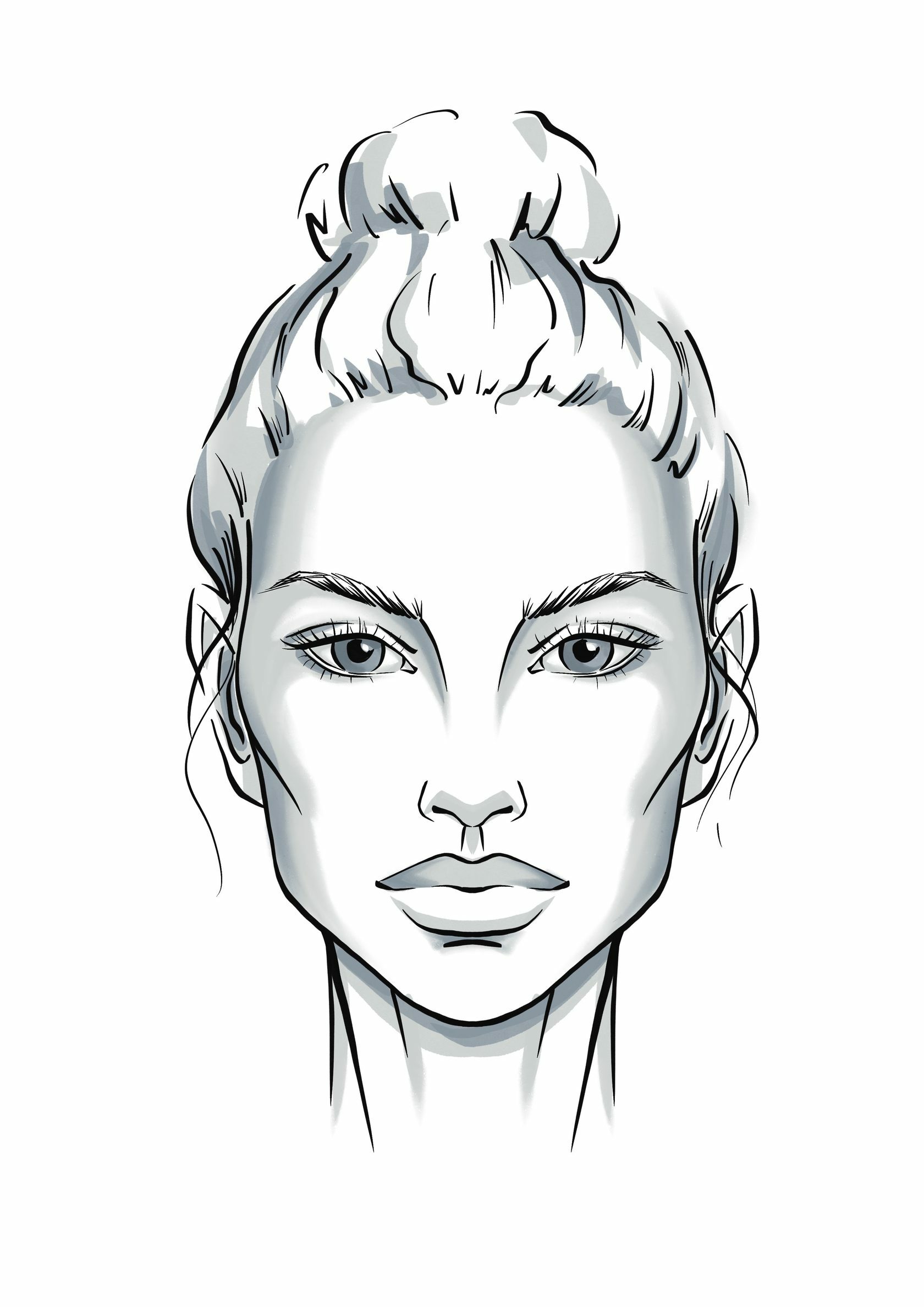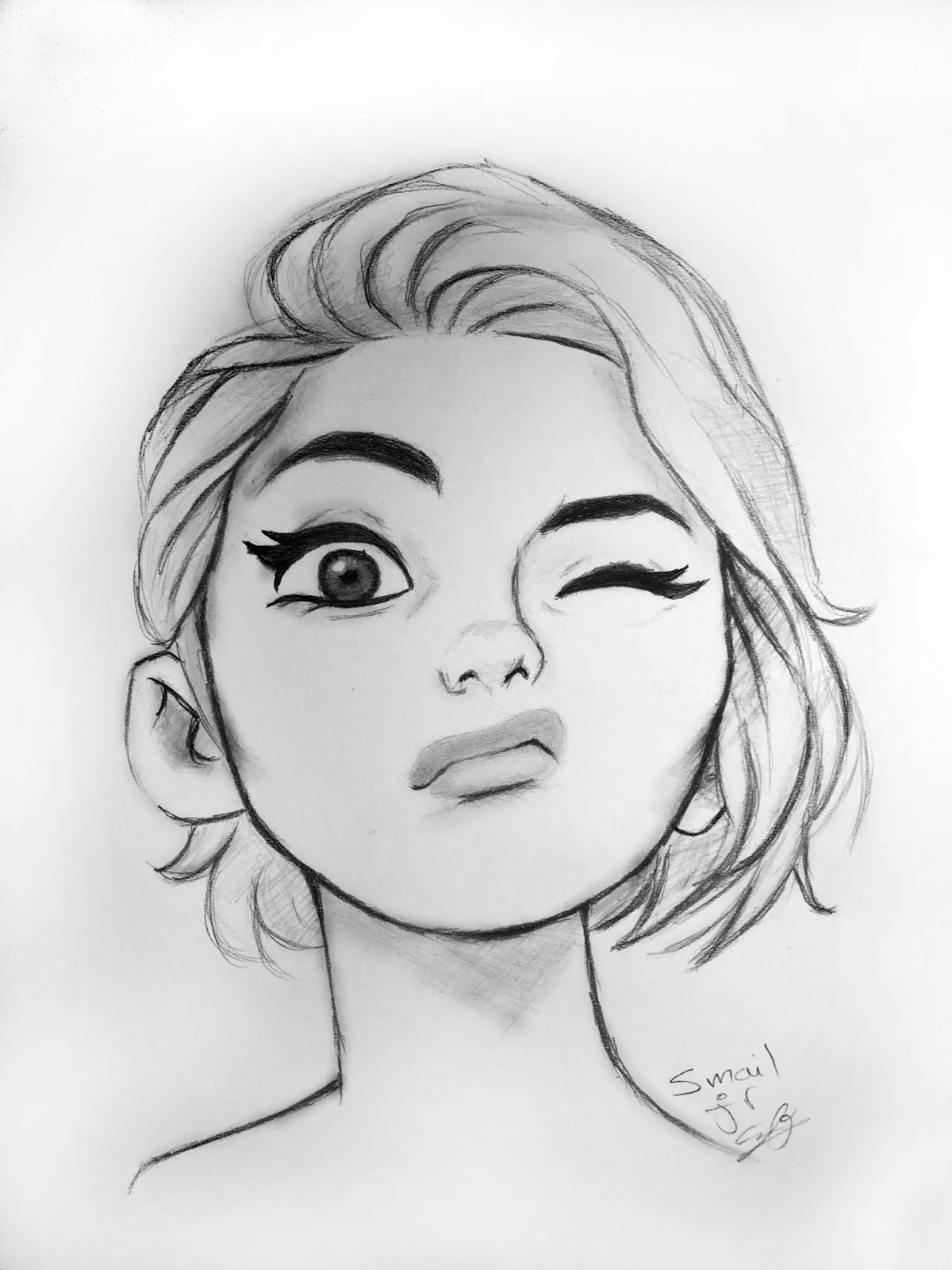Faces To Draw - A Beginner's Guide For Aspiring Artists
Art enthusiasts searching for the term "faces to draw" often find themselves overwhelmed by the sheer variety of tutorials and techniques available online. From realistic pencil sketches to cartoon-style doodles, the options are endless. Yet, what truly matters is finding a method that resonates with your personal style and creative vision. Whether you're a seasoned artist or just picking up your pencil for the first time, drawing faces can be an incredibly rewarding experience. It's not just about replicating what you see; it's about capturing the essence of humanity in every stroke and line.
For many, drawing faces is more than a hobby—it's a passion. Faces carry stories, emotions, and identities that make them endlessly fascinating subjects. By practicing regularly, you can learn to create portraits that are both lifelike and expressive. This guide will walk you through some basic techniques, offer tips for improvement, and provide inspiration for your next masterpiece. So, if you're ready to explore the art of faces, let's get started!
In some respects, drawing faces is like learning a new language. You start with the basics, like understanding proportions and simple shapes. As you grow more confident, you dive deeper into expressions, lighting, and shading. With consistent practice and the right resources, you'll soon be creating faces that are not only visually appealing but also rich in character. Keep reading to discover how to make your artwork stand out.
What Makes Drawing Faces So Challenging?
It's almost inevitable to feel a bit intimidated when you first attempt to draw a face. After all, human faces are incredibly intricate, with subtle variations in every feature. Yet, rather than being overwhelmed, it's important to approach the task with curiosity and patience. Most of the difficulty comes from learning to observe details that the average person might overlook. For example, did you know that the distance between the eyes is typically equal to the width of one eye? These little facts can make a huge difference in how realistic your drawings look.
Of course, drawing faces isn't just about getting the measurements right. It's also about capturing the personality and mood of the subject. Sometimes, a slight tilt of the head or a small curve of the lips can completely change the expression. That's why it's crucial to study different types of faces to draw and understand how they convey emotion. With time, you'll develop an eye for these nuances and incorporate them into your work.
Why Should You Start with Guidelines?
Alright, let's talk about guidelines. These are essentially the invisible scaffolding that helps you build your face. When you're just starting out, it can be tempting to jump straight into sketching the features, but trust me, guidelines save a lot of frustration later on. They help you ensure that everything is in proportion and aligned correctly. For instance, a vertical line down the center of the face keeps your drawing symmetrical, while horizontal lines guide you in placing the eyes, nose, and mouth.
By the way, there are a couple of ways to create these guidelines. You can either draw them lightly with a pencil or use a digital tool if you're working on a tablet. Either way, they'll make your job much easier. Just remember to erase them once you're done so they don't distract from the final piece. Oh, and don't worry if your first attempts aren't perfect. Even professional artists make mistakes sometimes.
How Can You Add Personality to Your Faces to Draw?
Now that you've got the basics down, let's talk about adding personality to your faces. This is where the real fun begins! Think about the people you know or the characters you admire. What makes them unique? Maybe it's a quirky smile, a pair of glasses, or a mole on their cheek. Incorporating these distinctive features into your drawings can make them feel more alive and relatable.
For example, consider drawing someone with freckles. Instead of just sketching a generic face, you could add little dots across the nose and cheeks to give it that extra touch of realism. Or, if you're feeling adventurous, try experimenting with exaggerated expressions or unconventional poses. After all, art is all about expressing yourself, and there's no better way to do that than by letting your creativity run wild.
Should You Focus on Realism or Style?
Here's a question that every artist eventually faces: Should you aim for realism or develop your own unique style? The answer, like most things in life, depends on your goals and preferences. Some people find satisfaction in creating hyper-realistic portraits that look almost like photographs. Others prefer a more stylized approach, using bold lines and exaggerated features to convey emotion.
Personally, I think the best approach is to experiment with both. Start by mastering the fundamentals of facial anatomy, then gradually introduce elements of your own personality into your work. Over time, you'll develop a style that's uniquely yours. Just remember, there's no right or wrong way to draw a face. As long as you're enjoying the process, you're doing it right.
What Are Some Common Mistakes Beginners Make?
So, you're probably wondering what pitfalls to avoid when learning to draw faces. One of the most common mistakes is neglecting proportions. It's easy to get carried away with one feature, like the eyes, and end up with a face that looks a little off. To avoid this, take your time and double-check measurements before moving on to the next step.
Another thing to watch out for is symmetry. While symmetry is important, it's not always necessary to make both sides of the face identical. In fact, slight asymmetries can add character and realism to your drawings. Lastly, don't be afraid to make mistakes. Every artist makes them, and each one is an opportunity to learn and improve.
How Do You Choose the Right Tools for Drawing Faces?
Picking the right tools can make a huge difference in your artwork. For beginners, a simple pencil and paper are usually sufficient. However, if you're serious about improving your skills, investing in quality materials might be worth considering. For instance, graphite pencils come in a range of hardness levels, from 9H (very hard) to 9B (very soft). Experimenting with different grades can help you achieve a wider range of tones and textures.
Also, don't forget about erasers! A good eraser is essential for correcting mistakes and refining your lines. Some artists even use erasers to create highlights in their drawings. Beyond that, there are countless digital tools available for those who prefer working on a tablet. Ultimately, the best tools are the ones that feel comfortable and natural to you.
Where Can You Find Inspiration for Faces to Draw?
Finally, let's talk about finding inspiration. Inspiration can come from anywhere—people you meet, photographs, movies, or even your own imagination. One great resource is social media platforms like Pinterest or Instagram, where you can find countless examples of faces to draw. These platforms often showcase a wide variety of styles and techniques, giving you plenty of ideas to try out.
Of course, inspiration doesn't always have to come from external sources. Sometimes, the best ideas come from within. So, if you're feeling stuck, try taking a break and letting your mind wander. You might be surprised at what you come up with. Remember, the key to becoming a great artist is to keep practicing and never stop exploring.
Table of Contents
- What Makes Drawing Faces So Challenging?
- Why Should You Start with Guidelines?
- How Can You Add Personality to Your Faces to Draw?
- Should You Focus on Realism or Style?
- What Are Some Common Mistakes Beginners Make?
- How Do You Choose the Right Tools for Drawing Faces?
- Where Can You Find Inspiration for Faces to Draw?
Final Thoughts
Learning to draw faces is a journey filled with discovery and growth. It requires patience, practice, and a willingness to embrace imperfection. But the rewards are well worth the effort. Each face you create is a reflection of your unique perspective and creativity. So, whether you're sketching a portrait of a loved one or inventing a character from your imagination, remember to enjoy the process and let your art speak for itself.

Learn How to Draw a Face in 16 Easy Steps for Beginners

Cartoon face pencil drawing - Smail Jr

How to Draw Faces: a Step by Step Tutorial for Beginners - Alicja Prints